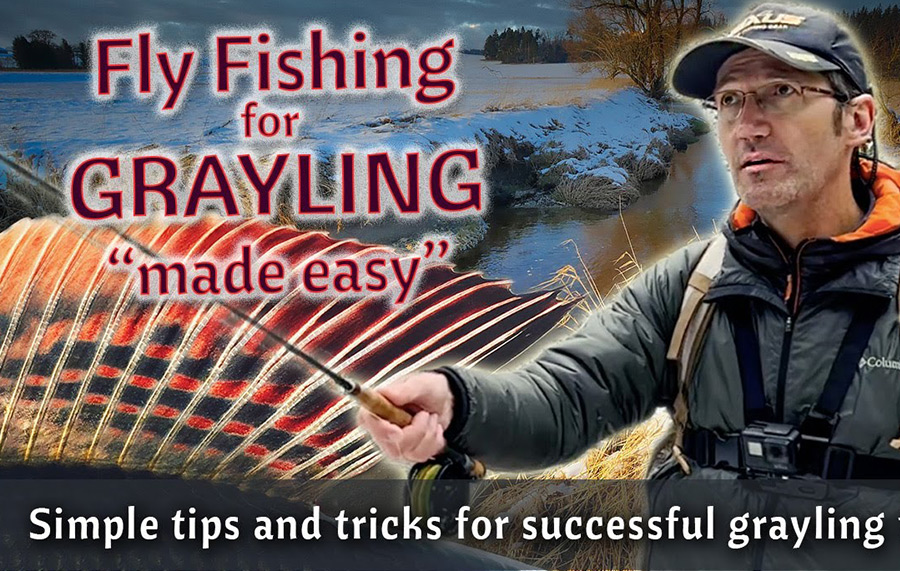How to choose a fly fishing reel
Category: Fly Fishing Equipment
The main purpose of a fly fishing reel is to store and release the fishing line, provide resistance (drag) to control the speed of a fighting fish, and to retrieve the line. The history of fly fishing reels can be traced back to the early 1600s when simple, hand-cranked reels were used.
Over time, fly fishing reels have evolved to become more complex and technologically advanced, with improvements such as adjustable drag systems, larger line capacities, and lighter materials. Today, fly fishing reels are an essential component of fly fishing gear and come in a wide variety of styles and designs to meet the needs of different types of anglers and fishing environments.

When choosing a fly fishing reel, consider the following factors:
- Line weight: This is an important factor to consider when choosing a fly fishing reel. The line weight refers to the thickness or weight of the fishing line you plan to use with the reel. Fly fishing reels are typically labeled with a specific line weight range that they are designed to handle, such as 3-weight, 5-weight, 7-weight, etc.
- Drag system: A drag system is a mechanism in a fly fishing reel that provides resistance to control the speed at which a fish can take line. The drag system allows the angler to apply pressure to the fish and tire it out, making it easier to bring the fish to shore or into the boat. Look for a reel with a smooth, adjustable drag system that can handle the type of fishing you plan to do.
- Material: Look for reels made of durable materials, such as aluminum or composite materials, to withstand heavy use. Each manufacturer has their own specific blend of materials and construction techniques, and the material choices can greatly impact the durability, weight, and performance of a fly fishing reel.
- Price: Decide on a budget and choose a reel that fits within it, balancing cost and quality. Here is a rough guide for the general price range for fly fishing reels: a) Entry-level reels: $30-$100, b) Mid-priced reels: $100-$400, c) High-end reels: $400 and up
- Brand reputation: Look for a reputable brand with a good warranty and customer support. There are many brands that make fly fishing reels, some of the most well-known and respected brands in the industry include: Orvis, Sage, Hardy, Abel, Ross, Nautilus, Lamson, Redington, Temple Fork Outfitters (TFO) or Bauer.
- Personal preferences: Choose a reel that feels comfortable in your hand and meets your personal preferences.
When choosing a fly fishing reel, it is important to consider your budget and the specific features and performance you are looking for, and to strike a balance between quality and affordability. It is generally recommended to invest in a high-quality reel that will last for many years and provide reliable performance, rather than a cheaper, lower-quality reel that may need to be replaced frequently.
